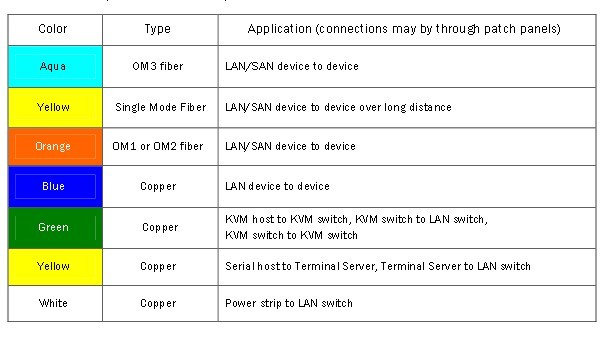In any fiber optic cable installation, the way the cables are attached to the system–is vital to the success of the telecommunications network. If done well, the connection allows optical signals to pass with low attenuation and little return loss. One of the proven ways to join optical fibers is with a fiber pigtail–a fiber cable with a installed connector on one end and unterminated fiber on the other end.
Pigtails are basically cable assemblies. Ninety-nine percent of singlemode applications use pigtails, also used in many multimode applications. One of the benefits of using pigtail is lower labor costs. The end of the pigtail is stripped back and fusion spliced to another single fiber. This is done easy in field with a multi-fiber trunk to break out the multi-fibers cable into its component for connection to the end equipment. Installers working with singlemode fiber typically have access to a fusion splicer–an expensive piece of equipment that costs $6000 to $30,000 or more. With a fusion splicer you just splice the pigtail right onto the cable in a minute or less.
Pigtails bridge a critical junction in the fiber-optic network. Pigtails consist of–a connector, a ferrule, standard fiber and jacket types, including singlemode and multimode varieties. The most important element you should know is that the quality of the connector itself. You need to know certain characteristics, such as insertion loss, the type of polish used and how well the connector is terminated to the cable. As fiber cable termination is the addition of connectors to each optical fiber in a cable. The fibers need to have connectors fitted before they can attach to other equipment. Two common solutions for fiber cable termination are pigtails and fanout kits or breakout kits.
Ferrule material, whether zirconia ceramic, plastic or stainless steel, must also be specified when buying a pigtail. If you go with a metal ferrule, it is a waste for any singlemode application.
The length of the pigtail is another element that must be specified. The extra slack allows for splicing errors to be corrected, without it, you may have to start with another pigtail.
Pigtails can have female connectors and be mounted in a wall mount or patch panel, often in pairs although single-fiber solutions exist, to allow them to be connected to endpoints or other fiber runs with patch cables. Alternatively they can have male connectors and plug directly into an optical device. Pigtails are different from patch cords, as both ends with connectors, like common patch cord LC-LC.
Testing a pigtail in the field is not easy. The unterminated end is difficult to check until the pigtail is actually spliced to the equipment.
Quality is typically high because the connectorized end is attached in a controlled environment–FiberStore. FiberStore can make singlemode pigtails more accurately than a field termination can be done.

